10 First Aid Tips That Can Save a Life Instantly | Family Care
1. What is First Aid?
First aid is the immediate help provided to a sick or injured person before professional medical treatment becomes available. It can range from cleaning a minor wound to performing CPR on someone experiencing cardiac arrest. It’s not just for doctors—anyone can save lives with the right knowledge.
Importance of Basic First Aid Knowledge
Understanding basic first aid is essential because emergencies can happen anytime, anywhere. Whether it’s bleeding, burns, or mental health crises, having the ability to respond quickly can reduce the severity of injuries and even save lives.
Brief Overview of Article Content
This article by Family Care will walk you through the importance of first aid, essentials for your first aid kit, how to handle common emergencies, when to seek help, and how to get trained. Real-life scenarios like bee stings, sprains, and frostbite are covered, too.
2. Why First Aid Knowledge Matters
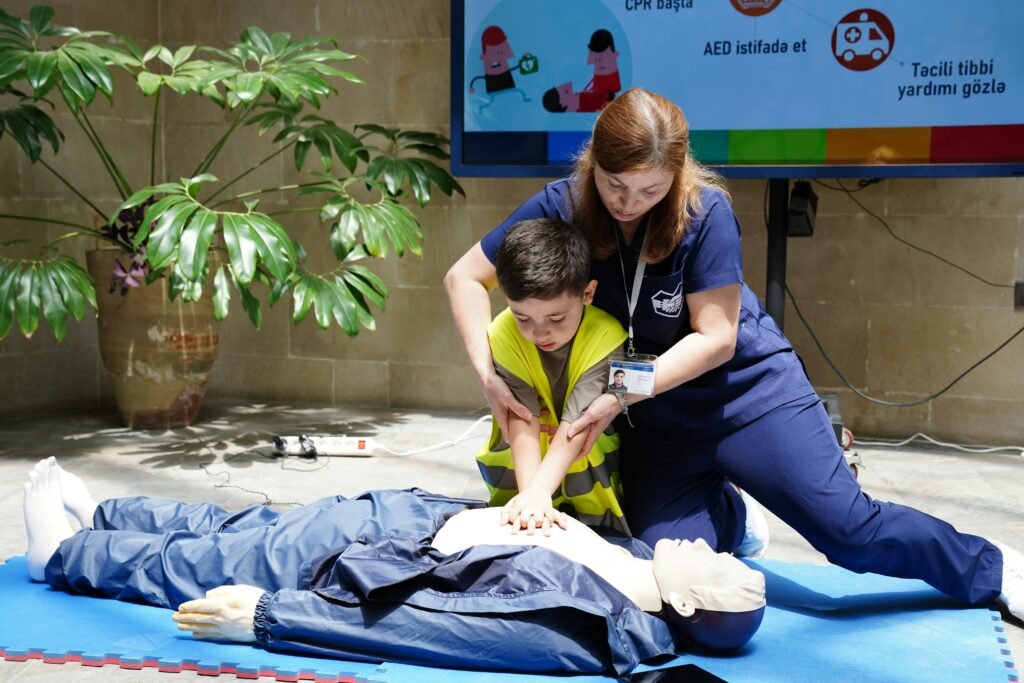
Life-Saving Potential
Knowing how to handle emergencies like choking, cardiac arrest, or broken bones empowers individuals to take life-saving action before medical professionals arrive.
Common Situations Requiring First Aid
- A child falls and suffers a nosebleed.
- Someone burns their hand while cooking.
- A hiker twists an ankle (sprain).
- An allergic person gets stung by a bee (bee sting).
- A neighbor experiences a panic attack (mental health emergency).
Benefits for Individuals, Families, and Communities
- Promotes safety and preparedness.
- Reduces medical costs through early intervention.
- Builds stronger, more resilient communities.
3. Basic First Aid Kit Essentials
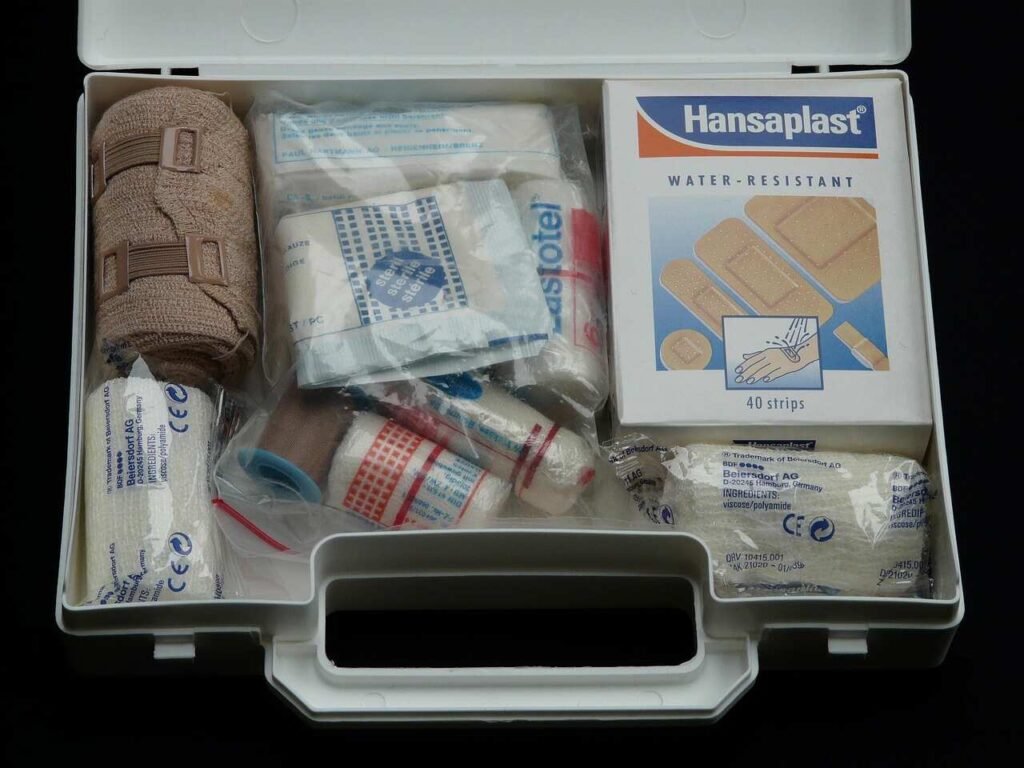
Must-Have Items in Every First Aid Kit
A well-equipped first aid kit should include:
- Adhesive bandages
- Antiseptic wipes
- Sterile gauze
- Pain relievers
- Tweezers & scissors
- Instant cold packs
- CPR face shield
- Burn cream
Portable vs. Home Kits
Portable kits are ideal for cars, outdoor activities, or travel, while home kits can be more comprehensive for dealing with various injuries.
How to Store and Maintain Your Kit
- Keep it in an accessible, dry place.
- Check and replace expired items every 6 months.
- Restock after every use.
4. First Aid for Common Emergencies
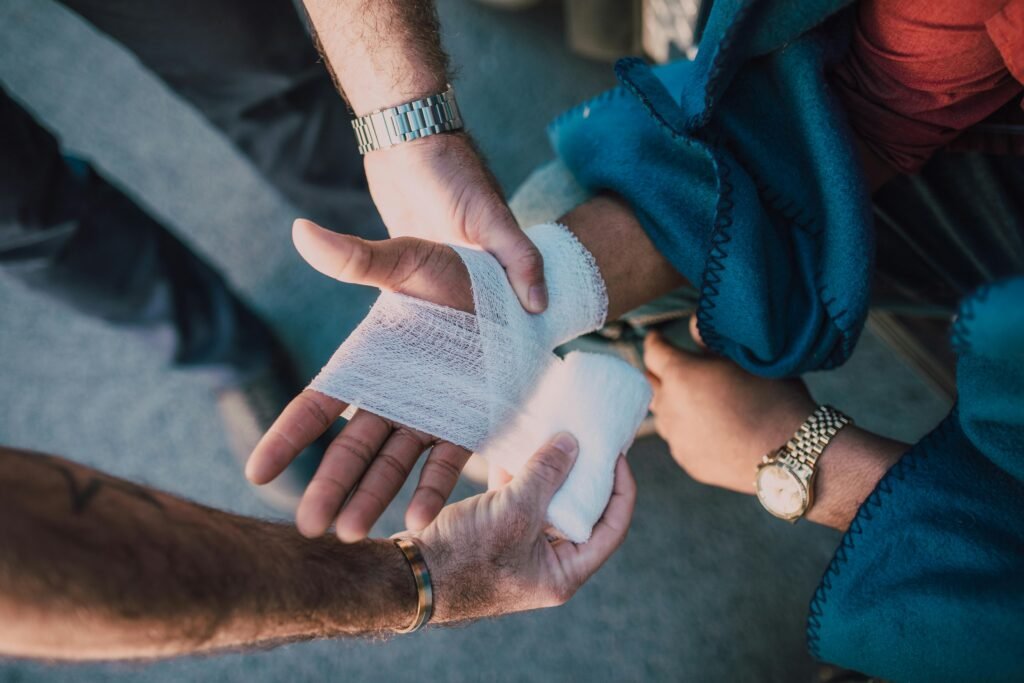
Cuts and Wounds
Clean the area with antiseptic and cover with a sterile bandage. Apply pressure if bleeding persists.
Burns and Scalds
For minor burns, run cool (not cold) water for 10–15 minutes. Do not apply ice directly.
Choking
Encourage coughing. If airways remain blocked, perform the Heimlich maneuver or back blows.
Nosebleeds
Lean forward and pinch the nostrils just below the nose bridge. Don’t tilt the head backward.
Sprains and Fractures
Use the RICE method: Rest, Ice, Compress, Elevate. Immobilize broken bones or fractures with a splint if possible.
Allergic Reactions (Anaphylaxis)
Use an epinephrine auto-injector (if available) and call emergency services.
Heart Attack and CPR Basics
Recognize cardiac arrest by unresponsiveness and abnormal breathing. Start CPR immediately—30 chest compressions followed by 2 rescue breaths.
5. First Aid Do’s and Don’ts
Common Mistakes to Avoid
- Applying butter to burns
- Tilting the head back during nosebleeds
- Not calling for help during cardiac arrest
Myths vs. Facts in First Aid
- Myth: “You should suck out snake venom.”
Fact: Never do this. Keep the victim calm and still. - Myth: “Only doctors can do CPR.”
Fact: Anyone trained can and should attempt CPR.
6. When to Seek Professional Help
Recognizing Serious Symptoms
Seek help if you notice:
- Severe bleeding that doesn’t stop
- Signs of frostbite (numb, white, or grayish skin)
- Difficulty breathing
- Fainting or unresponsiveness
When First Aid Isn’t Enough
If basic care doesn’t stabilize the person or symptoms worsen, call emergency services immediately.
7. First Aid Training & Certification
Where to Learn First Aid
Organizations like the Red Cross and St. John Ambulance offer comprehensive first aid training.
Online vs. In-Person Training
- Online: Good for basic understanding
- In-person: Offers practical experience with scenarios like choking, bleeding, and CPR.
Benefits of Certification
- Builds confidence
- May be required in workplaces
- Helps save lives in both personal and public settings
8. First Aid Tips for Specific Groups
Children
- Keep it simple and calm
- Use fun methods to teach kids basic safety
- Always supervise first aid use with kids
Elderly
- Be cautious with fragile skin and bone density
- Monitor medication interactions during treatment
Outdoor Activities (Camping, Hiking, etc.)
- Pack a portable first aid kit.
- Be prepared for bee stings, sprains, and frostbite
- Inform someone before heading out alone
9. What to Do If You’re Alone
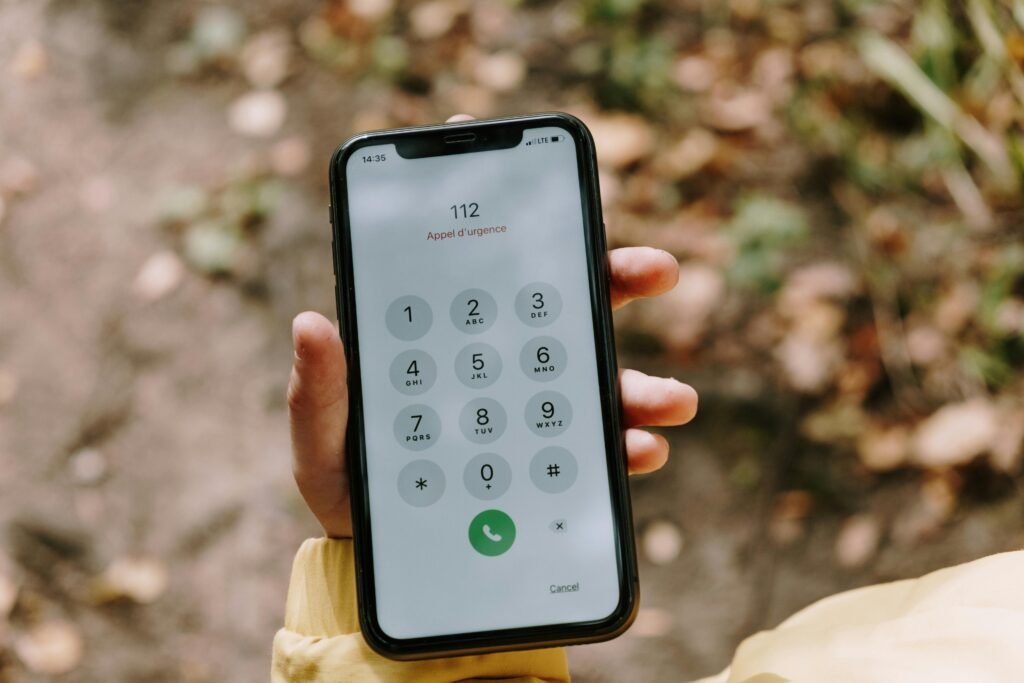
Emergencies can be scarier when no one else is around. Here’s what to do:
- Call emergency services immediately
- If choking, use a chair or hard surface for self-Heimlich
- Use your phone’s voice assistant (like Siri or Google Assistant) to call for help
- Stay calm and try to move to a visible location
- If you have a smartwatch, use the SOS features to notify contacts
10. FAQs
What are the 3 P’s of First Aid?
- Preserve life
- Prevent worsening
- Promote recovery
How do I treat a burn at home?
Cool the area under running water for 10–15 minutes. Do not apply ice or greasy substances.
Can I perform CPR without certification?
Yes. In an emergency, even hands-only CPR can be a lifesaving measure. But training is highly recommended.
How often should I update my first aid kit?
Every 6 months. Check for expired medications or used items.
11. Conclusion
Recap of First Aid Importance
First aid is more than just a life skill—it’s a lifesaver. From minor cuts to major cardiac arrests, the knowledge of first aid can drastically change outcomes.
Encouragement to Get Trained and Stay Prepared
Family Care encourages everyone to take a first aid course, keep their kits updated, and spread awareness. Being prepared isn’t just responsible—it’s essential.

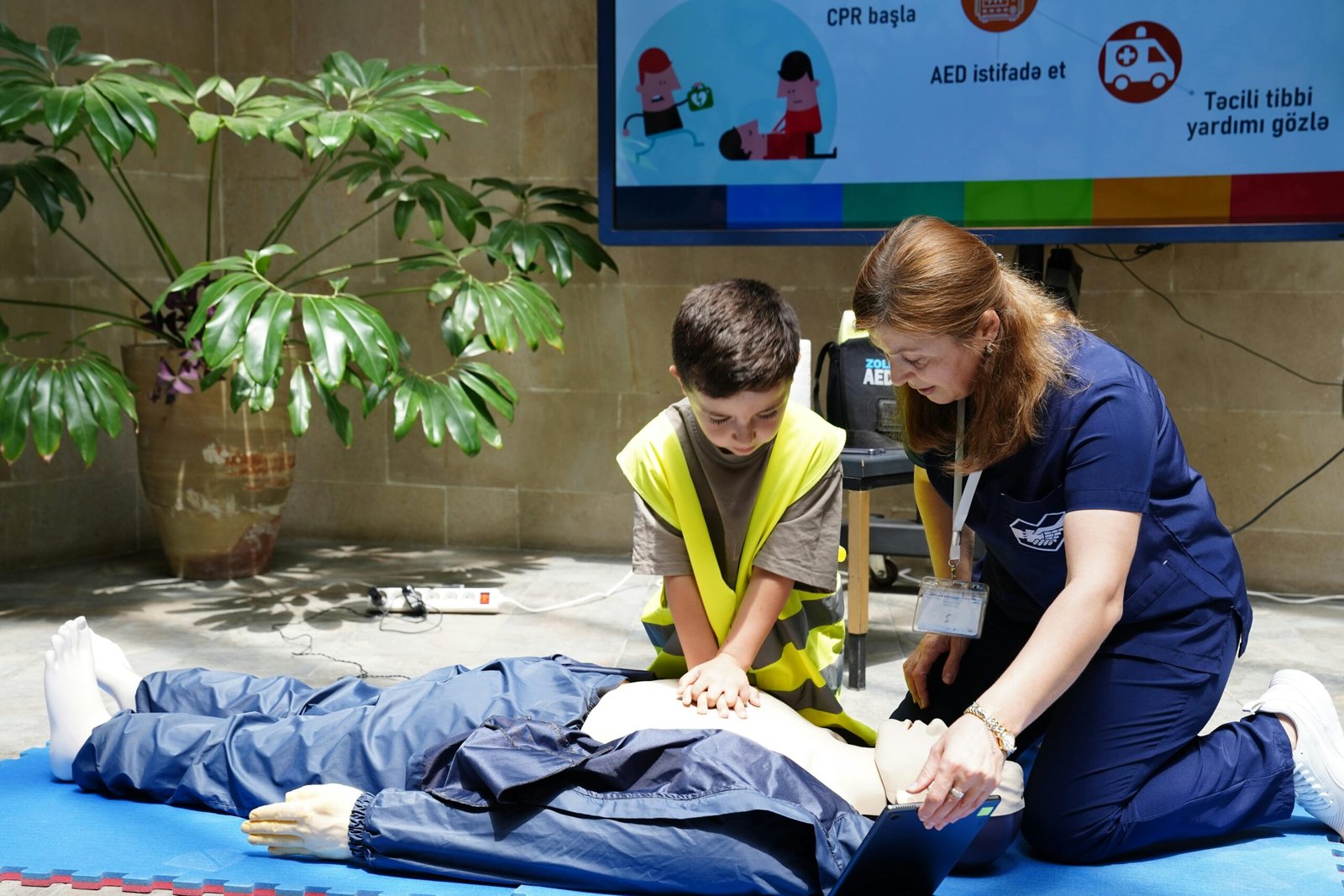

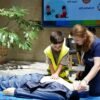



Add comment